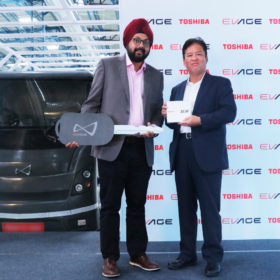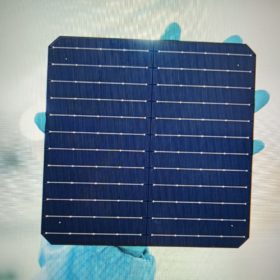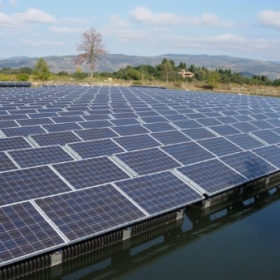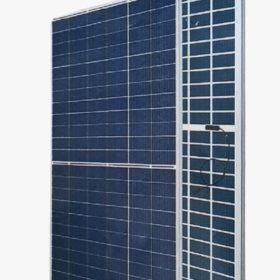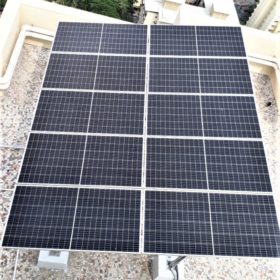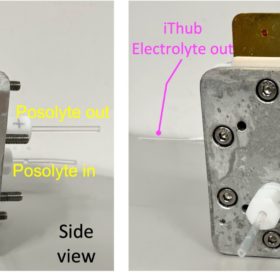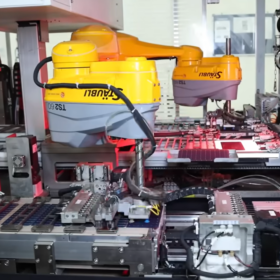Jio-bp to install fast EV chargers at M&M dealerships
Jio-bp will set up a DC fast charging network at Mahindra & Mahindra’s dealership network and workshops across the country as the latter plans to launch a range of electric SUVs in the next few years.
Challenges to utility-scale solar in India
The growth of utility-scale solar PV in India is marred by several challenges such as availability of land, limited local manufacturing capacity, high transmission and distribution losses, grid integration, and other inefficiencies.
Livguard unveils wall-mountable inverters for residential solar
India’s Livguard Solar has unveiled single-phase, grid-interactive inverters in rated power outputs of 3 kW and 5 kW, and efficiencies of 97.7% and 98%, respectively.
Toshiba to supply LTO battery cells for EVage commercial vans
Toshiba has signed the deal to supply its SCiB line of lithium titanium oxide (LTO) chemistry battery cells for use in EVage Automotive’s commercial trucks.
Copper is the new silver lining
As the PV industry scales to annual terawatt-level production to rapidly curtail the world’s emissions, it will become more challenging to continue the cost reduction trajectory. Increasing module production from current levels of 200 GW to 300 GW to several terawatts each year will consume significantly more material resources than the industry currently uses. This will require consideration of the additional materials to be sourced, writes Alison Lennon, chief scientist at Sundrive Solar and professor at the UNSW’s School of Photovoltaic and Renewable Energy Engineering.
Hartek Solar to build 2 MW floating solar plant
Chandigarh-based Hartek Solar has secured an order to construct a 2 MW floating solar plant at a water reservoir in Chandigarh that supplies water to the entire Chandigarh city.
Contendre Solar unveils 550 W half-cut mono PERC module
Maharashtra-based Contendre Solar has unveiled CG X 144 series mono PERC modules in power outputs ranging from 535 W to 550 W, with power conversion efficiency between 20.7% and 21.3%.
India installed 2,520 MW of rooftop solar in the twelve months ending June
The nation added 2,520 MW of rooftop solar in the twelve months ending June 30, 2022, taking the cumulative rooftop installations to 10,221 MW.
Fraunhofer ISE develops direct metallization tech for heterojunction solar cells
Germany’s Fraunhofer ISE is applying its FlexTrail-printing technology to the direct metallization of silicon heterojunction solar cells. It said the technique reduces the use of silver, while maintaining high efficiency levels.
Zinc-cerium redox flow battery for renewable energy storage
Scientists in Hong Kong have designed a redox flow battery with electrolytes made of zinc and cerium. They claim to have solved the incompatibility issue posed by these two elements. The device achieved a record average Coulombic efficiency of 94% during cycling.



